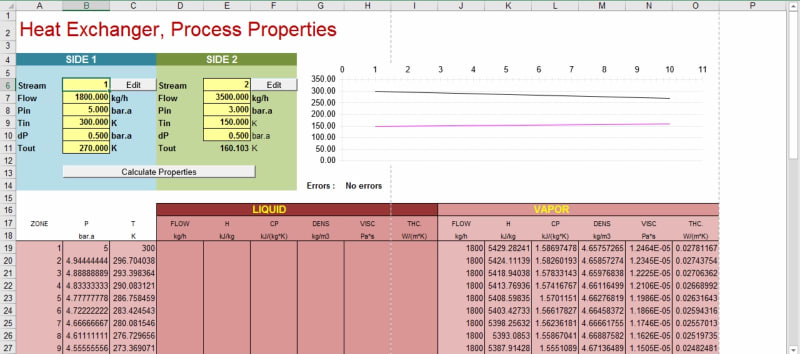-
1
- #1
takiyasamsama
Chemical
Hi,
I am really not a chemical engineer but I received one HYSYS data sheet from my client to design a heat exchanger.
Below is what I'm trying to figure out, for example below, the viscosity for liquid and aqueous was below hundreds but when it combines the overall viscosity becomes more than hundreds. Any advise?

40.01 cP is the liquid viscosity and 0.9504 cP is the aqueous viscosity then 135 cP is the overall (mixture) viscosity
How did HYSYS get the 135 cP for the mixtures? Any special formula? Perhaps multiply by something i.e. molecular weight or etc.?
Any advise is highly appreciated.
I am really not a chemical engineer but I received one HYSYS data sheet from my client to design a heat exchanger.
Below is what I'm trying to figure out, for example below, the viscosity for liquid and aqueous was below hundreds but when it combines the overall viscosity becomes more than hundreds. Any advise?

40.01 cP is the liquid viscosity and 0.9504 cP is the aqueous viscosity then 135 cP is the overall (mixture) viscosity
How did HYSYS get the 135 cP for the mixtures? Any special formula? Perhaps multiply by something i.e. molecular weight or etc.?
Any advise is highly appreciated.

